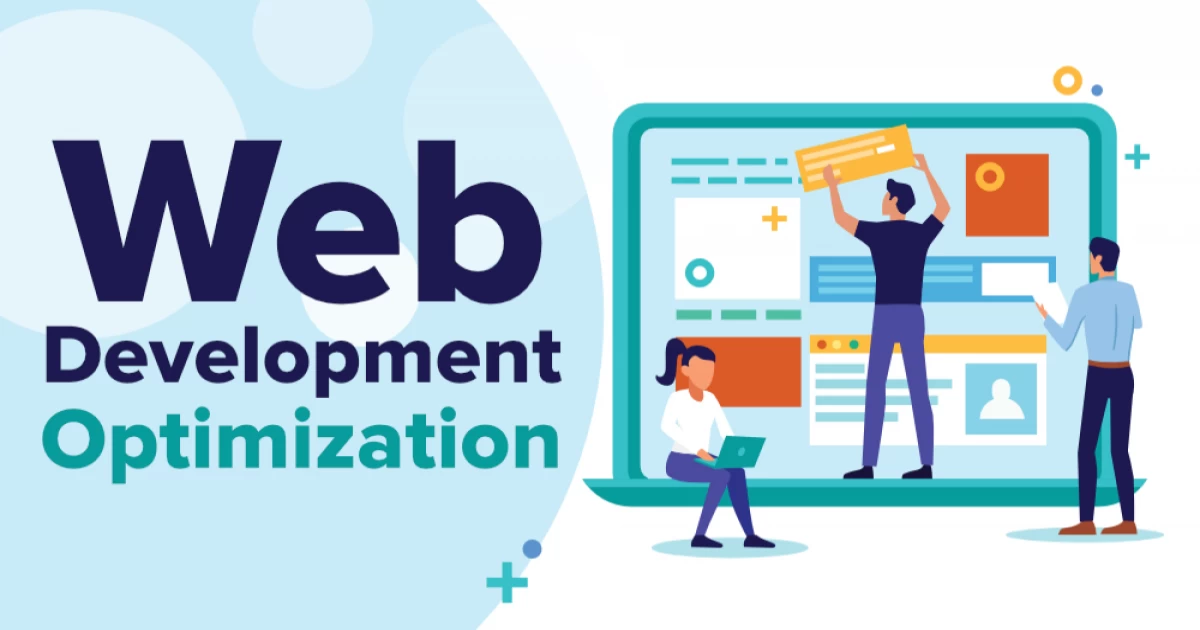
Tips for optimizing website performance
Introduction
In today's fast-paced digital world, a slow-loading website can be a significant obstacle for businesses looking to attract and retain customers. In fact, studies show that a delay of even a few seconds in website loading times can lead to higher bounce rates and lower conversions. In this blog post, we'll explore some tips for optimizing website performance and ensuring that your website loads quickly and efficiently.
Topics Covered:
1. In today's fast-paced digital world, a slow-loading website can be a significant obstacle for businesses looking to attract and retain customers. In fact, studies show that a delay of even a few seconds in website loading times can lead to higher bounce rates and lower conversions. In this blog post, we'll explore some tips for optimizing website performance and ensuring that your website loads quickly and efficiently.
2. Minimize HTTP requests: Every element on a website, such as images, scripts, and stylesheets, requires an HTTP request. To reduce the number of HTTP requests, minimize the number of elements on each page, combine multiple files into one, and use CSS sprites to combine multiple images into one.
3. Use a content delivery network (CDN): A CDN stores your website's files on servers located around the world, allowing users to access your website from the server closest to their location. This can significantly reduce website loading times, especially for international users.
4. Enable caching: Caching stores website data on the user's device, allowing for faster website loading times on subsequent visits. Use browser caching to store static files such as images, CSS, and JavaScript files. Additionally, enable server caching using tools such as Varnish or Memcached.
5. Minify CSS, HTML, and JavaScript: Minifying removes unnecessary characters such as whitespace, comments, and line breaks from CSS, HTML, and JavaScript files. This reduces the file size and improves website loading times. Use tools such as Minify or YUI Compressor to minify files.
6. Optimize code: Ensure that your website's code is efficient and streamlined. Remove unnecessary code, consolidate code into functions and loops, and use optimized code libraries.
7. Reduce server response time: The time it takes for a server to respond to a request can significantly impact website loading times. Use a fast and reliable hosting service, optimize server settings, and reduce the size of database queries.
8. Use a lightweight theme or template: The design of your website can also impact website loading times. Use a lightweight theme or template that has been optimized for performance, or create a custom design that is optimized for speed.
Conclusion:
In conclusion, optimizing website performance is critical for businesses looking to attract and retain customers in today's digital landscape. By following these tips, you can significantly improve website loading times and provide a better user experience for your visitors.
TAGS:
optimizing website performance
factors in optimizing website performance
website performance test
website performance testing
website performance check
website performance checker
check website performance
website performance
how to improve a website performance
website performance testing tool
website performance metrics
tools to test website performance
how to improve the website performance
how to improve website performance
website performance test google
the website performance is too slow then defect priority is





Comments
No comments yet.
Add Comment